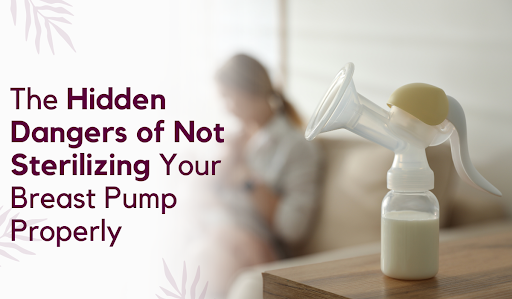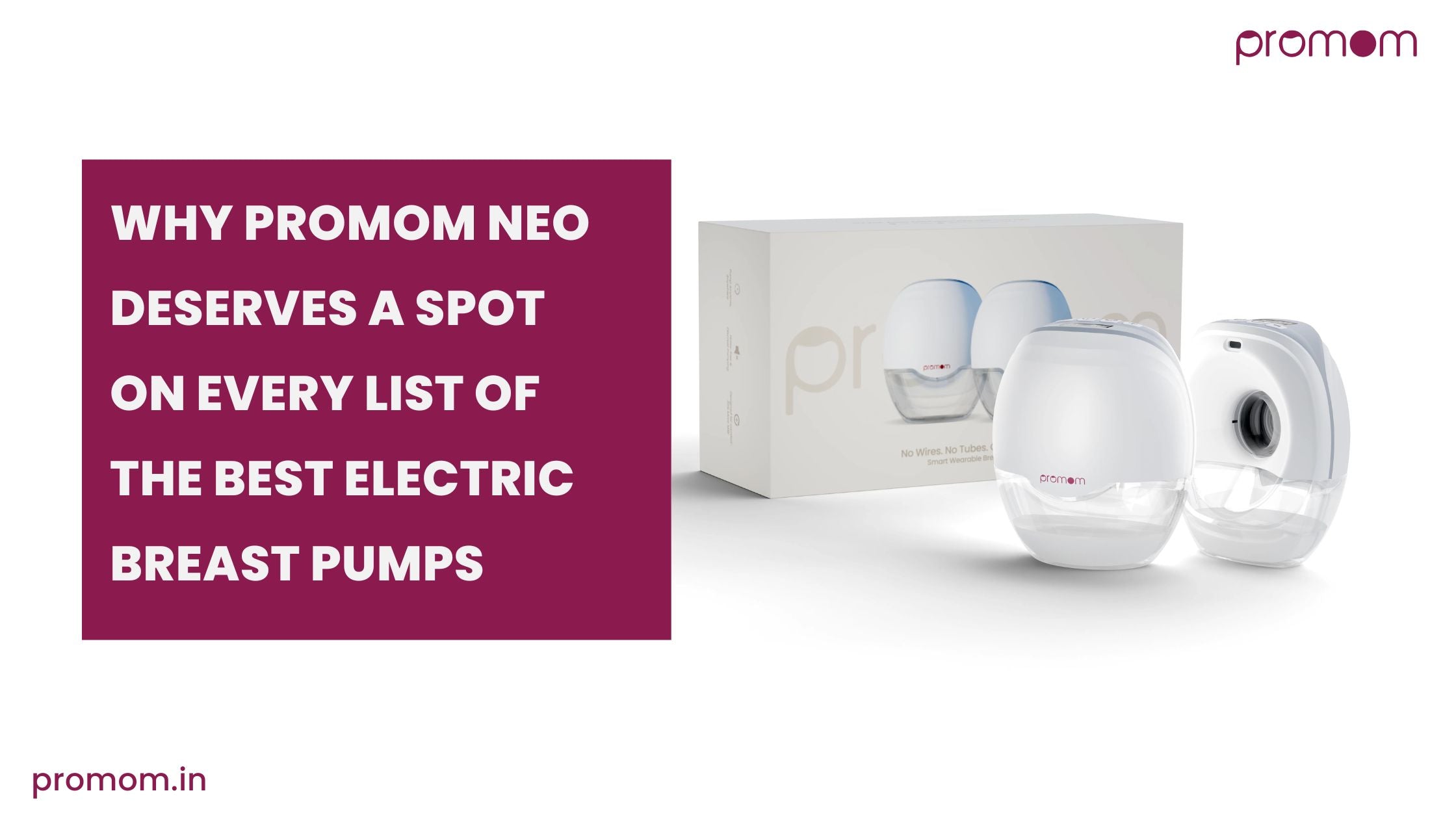
The Hidden Dangers of Not Sterilizing Your Breast Pump Properly
Being a new mom, you want only the best for your baby, and using a breast pump is usually a necessity while you breastfeed and still take care of other responsibilities. But one thing that most new mothers are unaware of is proper sterilization of their breast pump.
If you do not do this key step, the health risks can be major for you and your baby. What better can we say in terms of sterilizing your breast pump than the fact that it is a good thing to do and it is, in fact, a necessity?
Why Proper Sterilization Matters?
Breast pumps alone should enter directly into contact with your breast milk that your baby consumes. Yet if a pump is not properly sterilized, including through the filter, bacteria, mold, and viruses can accumulate on the pump parts.
These destructive microorganisms can readily cross into the milk and subsequently, to your baby, whereby they become an infection or an issue in the digestive system. Sterilization acts as a defense against harmful germs that could make your baby avoid your breast milk.
The Risks of Improper Sterilization
Bacterial Growth
An excellent bacteria breeding ground is breast milk. Leaving bacteria behind in milk can happen if the pump parts are not sterilized after each use. These bacteria can multiply over time, and even small amounts of contamination can cause infections like mastitis, thrush, and gastrointestinal problems in your baby.
Mold Development
Moisture can get trapped in hard-to-reach places if you are not cleaning and sterilizing parts of your breast pump, such as the tubing or valves. This makes it the ideal environment for mold growth that will contaminate your breast milk. At this stage of life, your baby can suffer respiratory problems, infections, and allergic reactions due to mold exposure.
Transmission of Illness
Germs and viruses can be on a breast pump if it is not cleaned and sterilized properly. If you’re healthy, however, a contaminated breast pump can pass illnesses, such as colds or flu, to your baby and reduce their immunity, leaving them more vulnerable to infection.
Risk of Contaminating Stored Milk
If you’re storing pumped milk for later use, any contaminants left on the pump could cross over into the milk in the bottle and make it unsafe for your baby. The pump parts are sterilized properly to ensure that harmful pathogens do not contaminate the milk and are free to be used at any time.
How to Sterilize Your Breast Pump Properly?
If you follow certain steps, sterilizing your breast pump is a simple process. But here’s an easy guide on how to get it right:
Disassemble the pump.
When disassembling the pump, always begin by removing the pump. Wash the breast shield, valves, and bottles part by part with warm soapy water and remove them.
Clean the pump parts.
Mild dish soap and warm water are used to wash all the parts of the pump thoroughly. Clean any crevices or tubes with a soft brush that can get into the milk residue.
Sterilize With Breast Pump Sterilizer
Once the pump is washed, the best way to sterilize it is using a breast pump sterilizer. Steam or heat is used to kill bacteria, mold, and viruses on these devices. If you don’t have a sterilizer, you can boil the parts in water for 5-10 minutes, or you can use a microwave sterilizer bag.
Dry All Parts
Sterilized, make sure that all parts are bone dry. Drying on a clean and dry towel helps make the process go quicker. When all of the parts are thoroughly dry, be careful not to reassemble the pump until no moisture can be found.
Store the pump in a clean, dry place.
After you have dried your pump and sterilized it, store your pump in a container or bag so you don’t expose it to any dust or germs if you aren’t using it next.
Why a Breast Pump Sterilizer Is Essential?
A breast pump sterilizer is a practical, efficient way to ensure that the breast pump is actually clean. Boiling water or hand washing may work, but a sterilizer is quite capable of a more thorough cleaning.
Most modern breast pump sterilizers use steam to eliminate germs and bacteria quickly and efficiently. Not only is this convenient, but it also ensures you have a sanitized breast pump for your baby’s safety and your peace of mind.
Conclusion
The simple and critically important task of sterilizing your breast pump ensures you and your little one are healthy. There are many dangers to be neglected in this task for bacterial growth, mold formation, etc., and that can cause many serious health issues.
A pump sterilizer is used to make sure that your pump is completely safe, hygienic, and effective in every use. It’s true, your baby’s health, above all else, comes first, and proper sterilization is one of the easiest ways to protect them.
As everyone knows, you don’t want to risk the health of your baby. Buy a good breast pump sterilizer today, and your feeding routine will be stress-free and hygienic!


